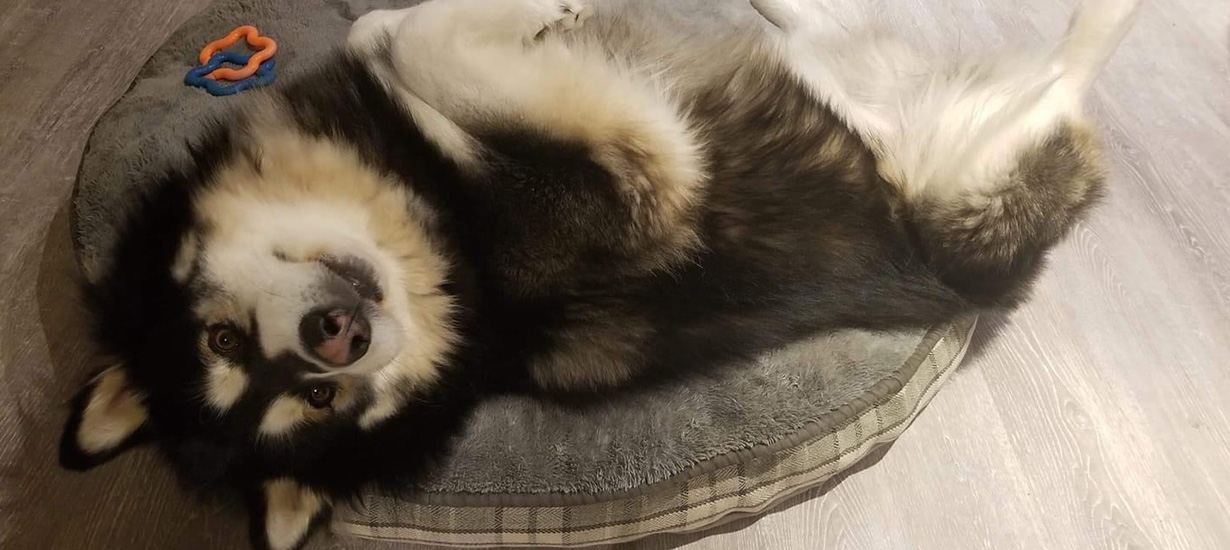IMPORTANT: Our shelter is temporarily closed to visitors. DETAILS HERE
Limited visitation for cats. See Details HERE

Are you returning to the workplace? Are you concerned about your dog’s behaviour in your absence? A change in your dog’s routines can create the symptoms of dog separation anxiety. Your dog experiences real stress during your absence if not prepared.
Separation anxiety shows itself through symptoms like excessive salivation, barking, whining, destroying items in the home, scratching at walls, doors, and floors, and attempting to escape from the crate, or room. It is a form of panic attack.
Little changes will help teach your dog to have the self-confidence he needs to handle being alone and you can start these changes today.
Here is what you can do.
Separation anxiety can be overcome with time and patience. Do not wait until the week prior to going back to work before you start preparing your dog. Start right away.
Consult a professional animal behavior specialist if you need more assistance resolving your dog's issues.